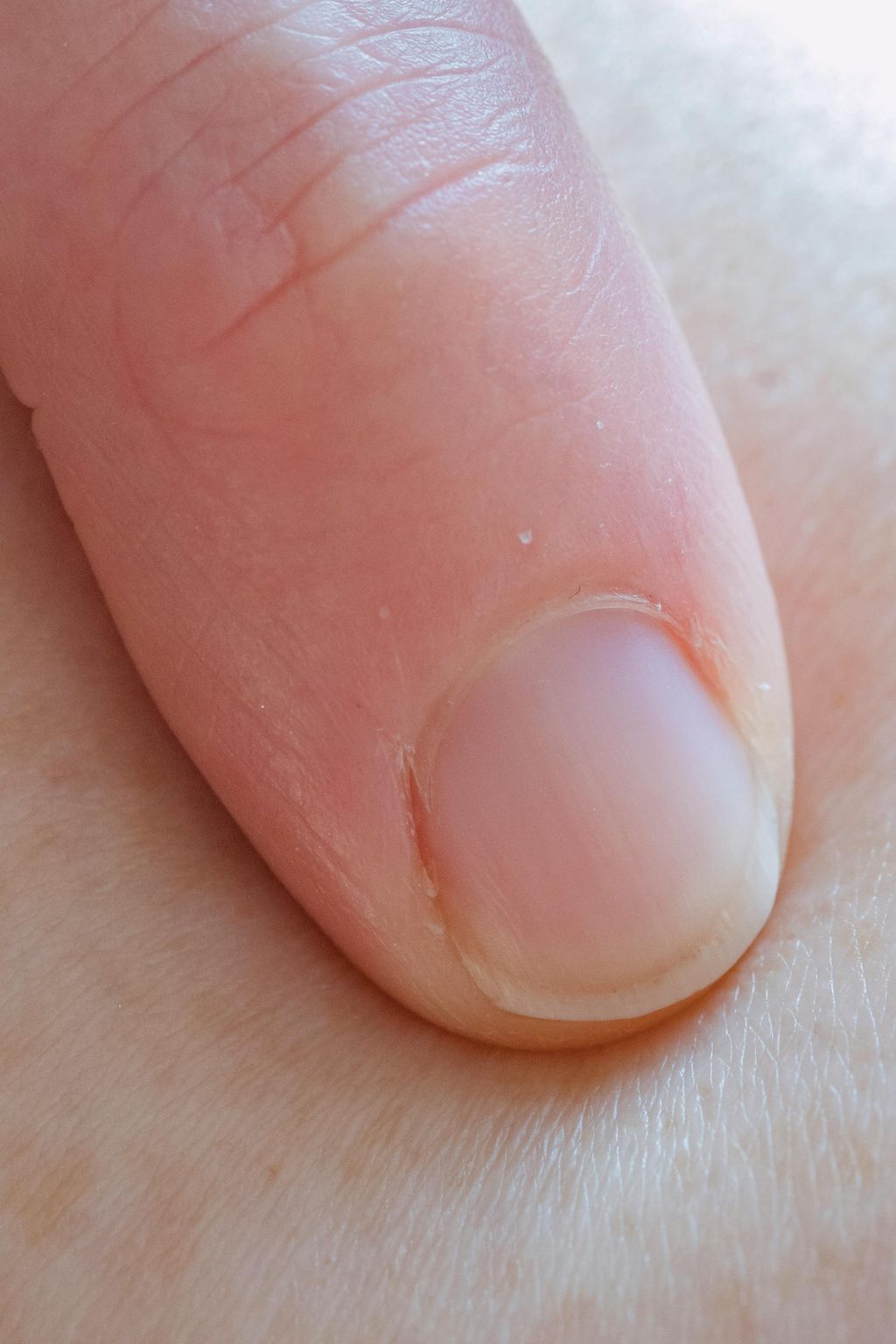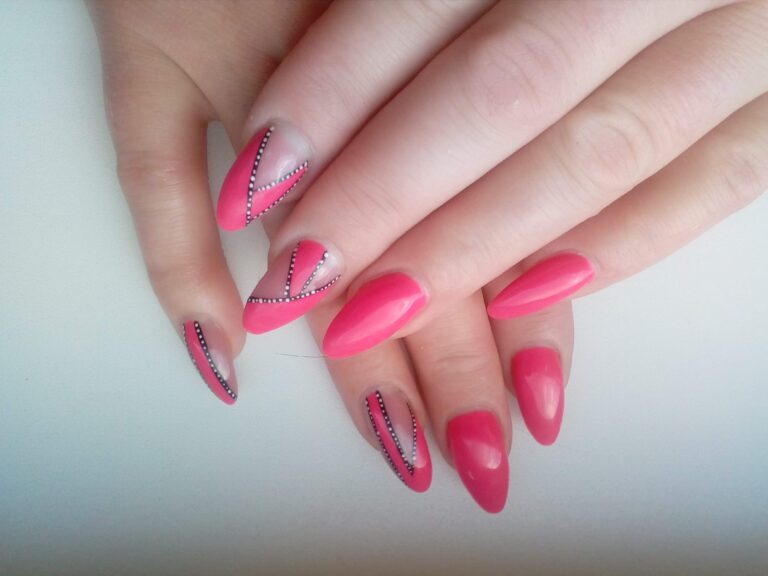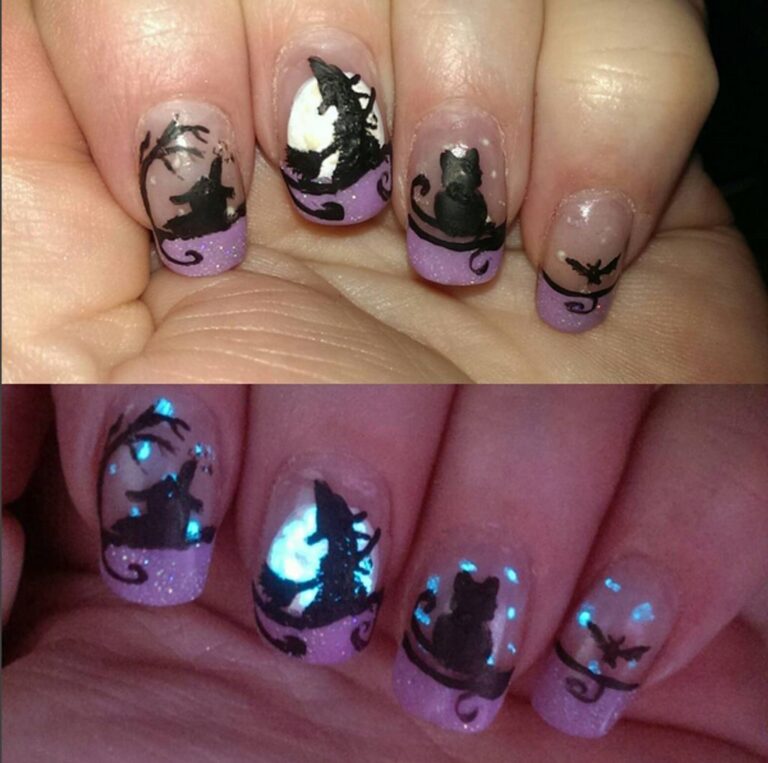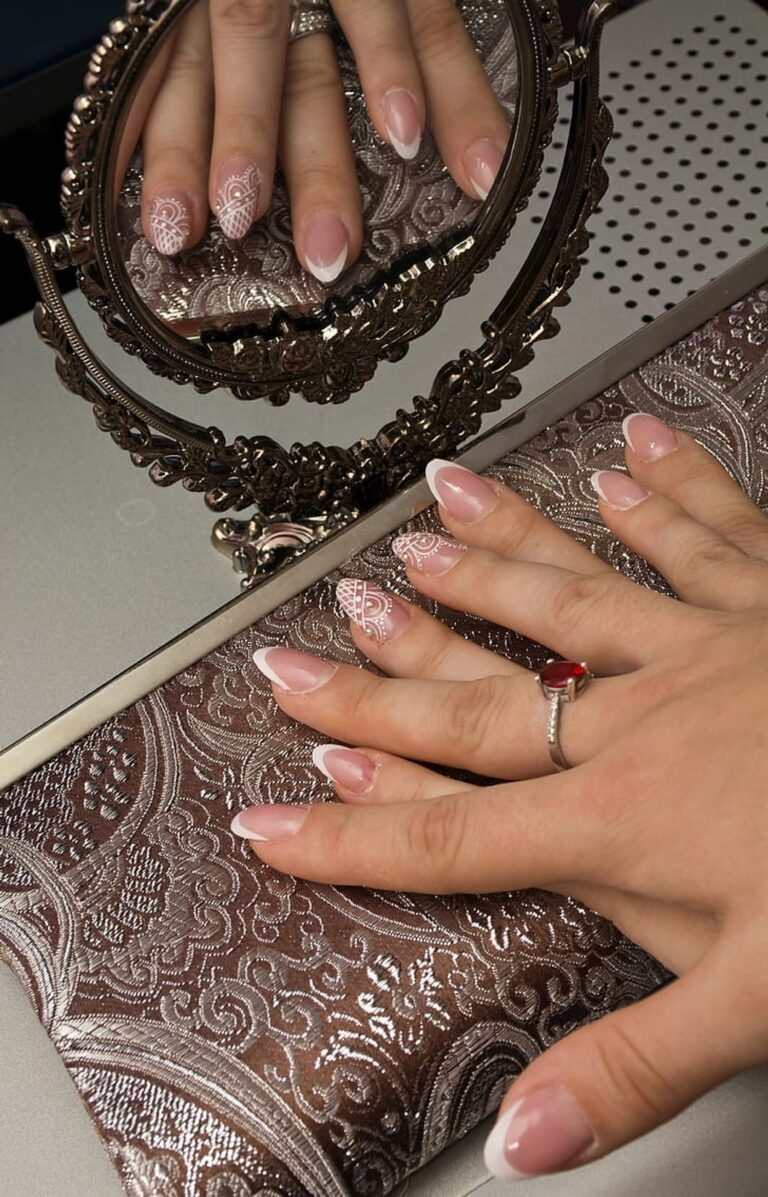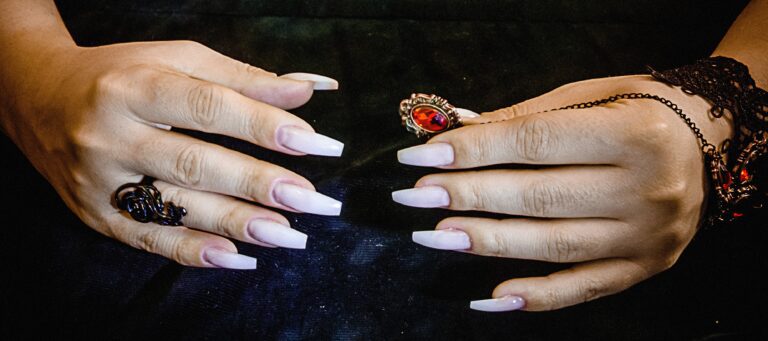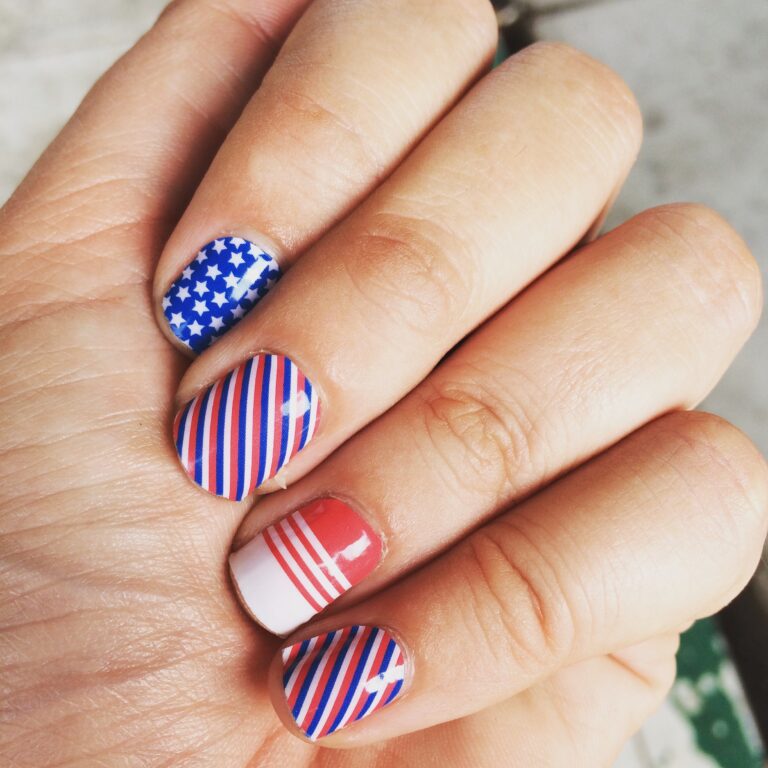“Vertical Vexation: Why Nails Have Vertical Ridges”
Deprecated: mb_convert_encoding(): Handling HTML entities via mbstring is deprecated; use htmlspecialchars, htmlentities, or mb_encode_numericentity/mb_decode_numericentity instead in /home/u654140373/domains/nailinspire.com/public_html/wp-content/plugins/kadence-pro/dist/elements/elements-init.php on line 1267
Deprecated: Function utf8_decode() is deprecated in /home/u654140373/domains/nailinspire.com/public_html/wp-content/plugins/kadence-pro/dist/elements/elements-init.php on line 1275
Vertical ridges on nails are a common concern that many people experience. These ridges can be a source of frustration and curiosity, leading individuals to wonder about their causes and potential health implications. In this article, we will explore the reasons behind vertical ridges on nails, their impact on health, and strategies for prevention and management.
Key Takeaways
- Vertical ridges on nails are often a result of aging and are generally harmless.
- Genetics play a significant role in the development of vertical ridges on nails.
- Vertical ridges are distinct from other nail abnormalities such as horizontal ridges and pitting.
- Nutritional deficiencies, particularly in iron and vitamin B12, may contribute to the presence of vertical ridges on nails.
- While vertical ridges on nails are typically benign, they may serve as indicators of underlying health conditions and should be monitored for changes or unusual characteristics.
Understanding Vertical Ridges on Nails

What Causes Vertical Ridges on Nails
Vertical ridges on nails, or onychorrhexis, are common and often become more noticeable with age. These ridges run from the cuticle to the tip of the nail and vary in prominence and number. While they are typically a normal aspect of aging, certain factors can exacerbate their appearance:
- Dehydration: Insufficient moisture can make ridges more apparent.
- Trauma: Injury to the nail bed can cause temporary or permanent ridges.
- Environmental factors: Exposure to harsh chemicals or extreme climates can affect nail health.
Tip: Keeping nails hydrated with moisturizers can help minimize the appearance of vertical ridges.
In rare cases, vertical ridges can indicate an underlying health issue. It’s important to monitor changes in your nails and consult a healthcare professional if you notice significant alterations.
The Role of Genetics in Vertical Ridges
The appearance of vertical ridges on nails can often be traced back to one’s genetic makeup. In many cases, these ridges are simply a part of the natural aging process and are more pronounced in older individuals due to the slowing of cell turnover. However, certain genetic conditions, such as Nail-Patella Syndrome, can also manifest as ridges in the nails, indicating a more complex hereditary influence.
While most vertical ridges are benign and not a cause for concern, understanding the genetic component is crucial for distinguishing between normal variations and signs of genetic disorders. It’s important to note that if vertical ridges are accompanied by other symptoms, such as changes in color or texture, it might be indicative of a genetic condition requiring medical attention.
Tip: If vertical ridges in your nails are a new development or you observe other changes in your nails, it’s advisable to consult a healthcare professional to rule out any underlying genetic conditions.
Vertical Ridges vs. Other Nail Abnormalities
Vertical ridges on nails are often confused with other nail abnormalities, but they have distinct characteristics that set them apart. Unlike horizontal ridges, vertical ridges are usually harmless and are commonly associated with aging. However, it’s important to differentiate them from other nail issues to ensure proper care and attention. Understanding the differences can help in identifying and addressing specific nail concerns effectively. While vertical ridges may not always indicate a serious health issue, it’s essential to monitor any changes in their appearance or texture over time to rule out underlying conditions. Maintaining overall nail health and seeking professional advice when necessary are key in managing vertical ridges and maintaining healthy nails.
Health Implications of Vertical Ridges

Vertical Ridges and Nutritional Deficiencies
The appearance of vertical ridges on nails can sometimes be a sign of nutritional deficiencies. Essential nutrients play a crucial role in maintaining the integrity and health of our nails. A lack of vitamins, such as vitamin B12 and vitamin D, or minerals like iron and zinc, can lead to the development of vertical ridges.
- Proper nutrition is key to preventing these deficiencies.* Including a balanced diet rich in these nutrients can help maintain nail health. For instance, leafy greens, nuts, and lean meats are excellent sources of vitamins and minerals essential for nail strength.
Tip: Consistently incorporating a variety of nutrient-dense foods into your diet can help mitigate the risk of developing vertical ridges due to nutritional deficiencies.
Potential Link Between Vertical Ridges and Health Conditions
While vertical ridges are often considered a benign sign of aging, they may sometimes indicate underlying health issues. It’s important to discern when these ridges are a cosmetic concern versus a symptom warranting further investigation.
For instance, vertical ridges can be associated with conditions like rheumatoid arthritis or psoriatic arthritis. In these cases, the ridges are not just isolated phenomena but part of a broader pattern of symptoms affecting the nails and joints.
Tip: If you notice changes in your nails, such as the sudden development of vertical ridages or changes in color or texture, it’s advisable to consult a healthcare professional for a comprehensive evaluation.
It is also worth noting that while some studies suggest a correlation between vertical ridges and systemic health issues, the evidence is not conclusive. Therefore, it is essential to approach this topic with a balanced perspective, recognizing the potential link but also understanding its limitations.
Preventing and Managing Vertical Ridges

Tips for Preventing Vertical Ridges
Maintaining healthy nails is not only a matter of aesthetics but also a reflection of our overall well-being. To prevent the formation of vertical ridges on nails, consider the following tips:
- Hydration is key; ensure you drink plenty of water throughout the day to keep your nails and skin moisturized.
- Incorporate a balanced diet that includes biotin-rich foods such as eggs, almonds, and whole grains to support nail health.
- Minimize exposure to harsh chemicals by wearing gloves when cleaning or doing dishes.
- Regularly moisturize your hands and nails with a nourishing cream or oil to maintain nail flexibility and prevent brittleness.
Tip: Be gentle with your nails. Avoid using them as tools to prevent damage and keep them trimmed and filed to reduce stress on the nail bed.
By adopting these simple habits, you can help ensure your nails remain strong and ridge-free. Remember that while these tips can be beneficial, persistent nail changes should be evaluated by a healthcare professional.
Treatment Options for Vertical Ridges
Vertical ridges on nails can be managed through various treatment options. Moisturizing the nails and cuticles is essential to improve the appearance of ridges and promote nail health. Additionally, using a ridge filler can help to smooth out the surface of the nails, providing a more even and polished look. Some individuals may also benefit from professional manicures that focus on nail hydration and maintenance. It’s important to consult with a dermatologist or nail care specialist to determine the most suitable treatment for your specific nail concerns.
Vertical ridges on nails can be a common concern for many people. These ridges, which run from the base of the nail to the tip, can be caused by a variety of factors including aging, nutritional deficiencies, and certain medical conditions. While vertical ridges are generally harmless, they can be a source of frustration for those who want smooth, flawless nails. Fortunately, there are several ways to prevent and manage vertical ridges, from maintaining a healthy diet to using specialized nail treatments. At NAILinspire.com, we provide a comprehensive online nail art design library that offers tips, tutorials, and product recommendations to help you achieve the perfect nails. Visit NAILinspire.com today to discover the secrets to beautiful, ridge-free nails!
Frequently Asked Questions
What causes vertical ridges on nails?
Vertical ridges on nails can be caused by a variety of factors, including aging, nutritional deficiencies, and certain health conditions.
Are vertical ridges on nails a sign of a health problem?
Vertical ridges on nails can sometimes indicate an underlying health issue, but they can also be a natural part of aging and genetics.
Can vertical ridges on nails be prevented?
While some causes of vertical ridges on nails cannot be prevented, maintaining a balanced diet and practicing good nail care can help reduce the risk.
Do vertical ridges on nails require treatment?
In most cases, vertical ridges on nails do not require treatment. However, if they are accompanied by other nail abnormalities or symptoms, it’s important to consult a healthcare professional.
Are vertical ridges on nails hereditary?
Yes, genetics can play a role in the development of vertical ridges on nails. If family members have similar nail ridges, it’s likely to be a hereditary trait.
Do vertical ridges on nails indicate a lack of nutrients?
Vertical ridges on nails can sometimes be associated with nutritional deficiencies, particularly in essential vitamins and minerals like iron, zinc, and vitamin B.

